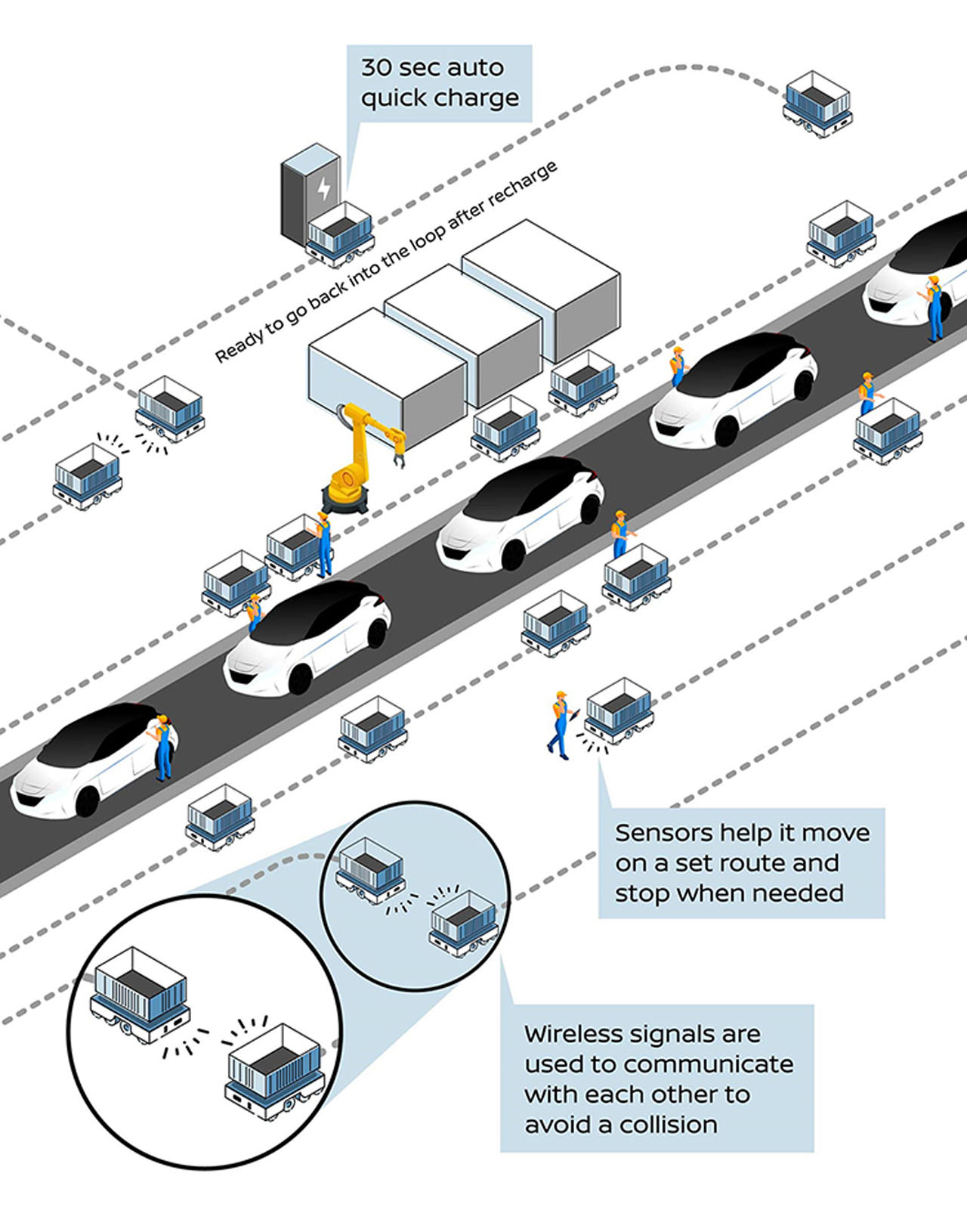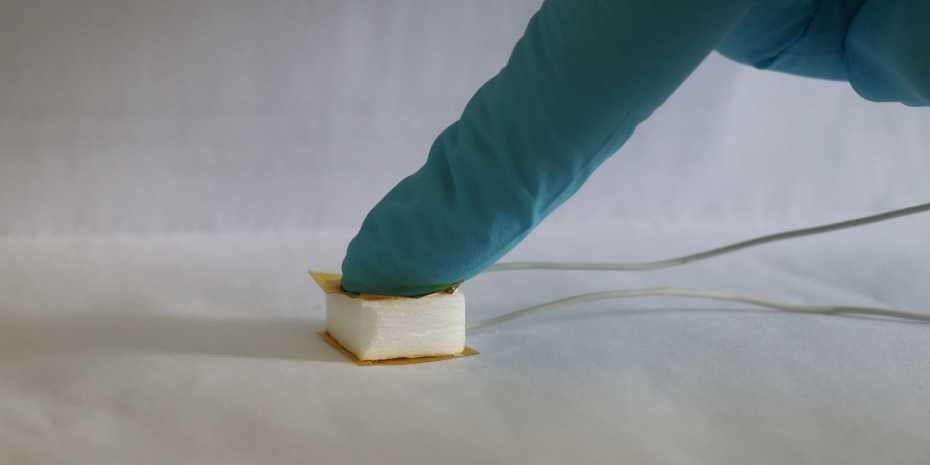It’s been well established by now that the agricultural systems producing our food contribute at least one fifth of global anthropogenic carbon emissions—and up to a third if waste and transportation are factored in. A troubling new report points to a previously overlooked source: an industrial fishing process practiced by dozens of countries around the world, including the United States, China, and the E.U.
The study, published today in the scientific journal Nature, is the first to calculate the carbon cost of bottom trawling, in which fishing fleets drag immense weighted nets along the ocean floor, scraping up fish, shellfish and crustaceans along with significant portions of their habitats.
According to calculations conducted by the report’s 26 authors, bottom trawling is responsible for one gigaton of carbon emissions a year—a higher annual total than (pre-pandemic) aviation emissions. Not only does the practice contribute to climate change, it is extremely damaging to ocean biodiversity—the “equivalent of ploughing an old-growth forest into the ground, over and over and over again until there is nothing left” according to lead author Enric Sala, a marine biologist who is also National Geographic’s Explorer in Residence.
Bottom trawling is also one of the least cost effective methods of fishing. Most locations have been trawled so many times, there is little left worth catching, says Sala. “Without government subsidies, no one would be making a penny.” But Sala didn’t set out to condemn bottom trawlers when he designed the research project back in 2018. He was looking for the incentives that just might make the fishing industry, and governments, give up on the practice on their own. The carbon findings may just do the trick.
[…]
Refuting a long-held view that ocean protection harms fisheries, the study found that well placed marine protected areas (MPAs) that ban fishing would actually boost the production of marine life by functioning as fish nurseries and biodiversity generators capable of seeding stocks elsewhere. According to the study results, protecting the right places could increase the global seafood catch by over 8 million metric tons a year, despite the challenges of overfishing and climate change.
Bottom trawling, however, would have to stop, says Sala. While mangroves, kelp forests and sea grass meadows are good at capturing carbon, the bottom of the ocean, piled deep with marine animal debris, is a far greater carbon sink. But when the trawlers’ weighted nets scrape the sea floor that carbon is released back into the water. Excess carbon in water turns it acidic, which is damaging to sea life.
Worse still, the practice also impacts the ocean’s ability to absorb atmospheric carbon: if the water is already saturated from sources down below, it will be unable to absorb human-caused emissions from above, hamstringing one of our best assets in the fight against climate change. By combining publicly-available data on global bottom trawler activity with pixel-level assessments of carbon stored in the top layers of ocean sediments, Sala and his team were able to calculate the amount of emissions produced by the technique, down to the level of national fleets. The European Union, for example, releases 274,718,086 metric tons of marine sediment carbon into the ocean a year, while Chinese fleets release 769,294,185 metric tons, and the United States releases 19,373,438.
[…]
Source: Bottom Trawling for Fish Boosts Carbon Emissions, Study Says | Time


